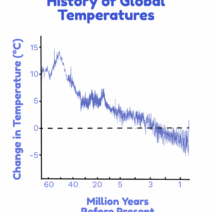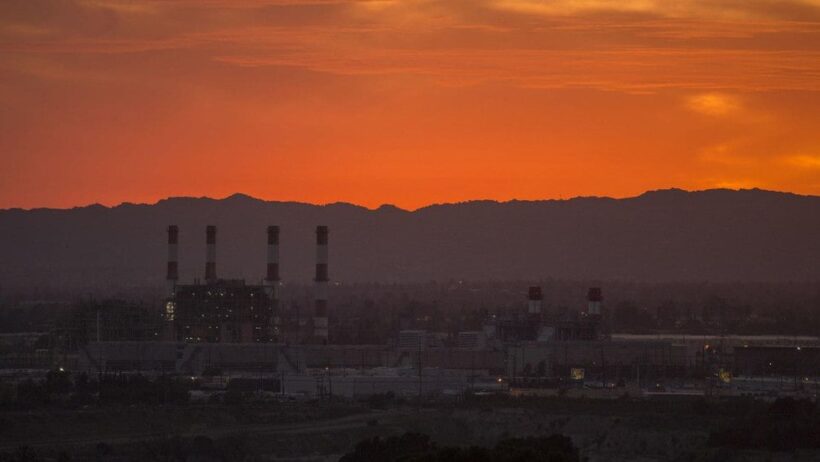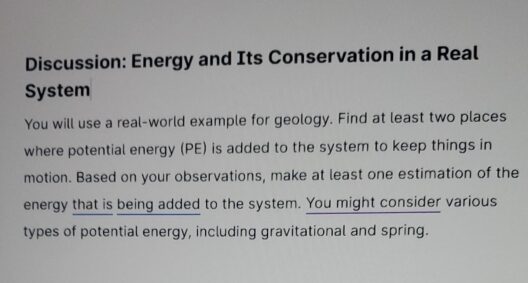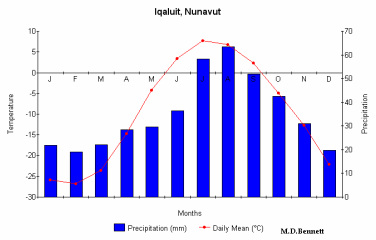The discourse surrounding global warming often oscillates between dire predictions and calls for immediate action. This duality masks a more nuanced dialogue about the potential repercussions of climate change. While the prevalent narrative fixates on the deleterious outcomes of increased greenhouse gas emissions, some scientists and environmentalists propose a contrarian perspective: that certain aspects of global warming could conceivably benefit the planet. To explore this intriguing hypothesis, one must navigate the multifaceted landscape of climate science, social dynamics, and ecological shifts.
Foremost among the arguments in favor of the potential benefits of global warming is the phenomenon of increased agricultural yields in certain regions. Consider the metaphor of a garden. A garden that receives a bit more sunlight, in moderate amounts, can flourish; similarly, as average temperatures gradually rise, certain areas—particularly in the temperate zones—could see a revitalization in crop production. Regions previously inhibited by harsh climates may find themselves nurturing abundant harvests. For instance, parts of Canada and Russia could transform into formidable agricultural powerhouses, producing grains and other crops in previously inhospitable soils.
Moreover, the thawing of permafrost offers another perspective. While this could release greenhouse gases, it also opens up vast tracts of land that may soon be suitable for new ecosystems. The soil held beneath these frozen layers is rich in nutrients, which could catalyze fresh biological diversity. This new land, supported by a warming climate, could potentially be a crucible for both flora and fauna pursuing a novel equilibrium. A delicate balance exists in nature, and as climates shift, some species may adapt or migrate, leading to unprecedented interactions among different ecosystems.
Transitioning to the oceanic realms, it is essential to consider how marine biodiversity might adapt to a warming world. While the common narrative characterizes ocean warming as detrimental—citing coral bleaching and acidification—there are subtle layers in this narrative. Some marine species may thrive in warmer temperatures. Fish populations that have long been relegated to cooler depths might find new niches in warmer waters, ultimately fostering richer marine biodiversity in certain areas. The resilience of marine ecosystems is a testament to nature’s capacity for adaptation. The Great Barrier Reef, while challenged, could also provide niches for more heat-resistant species to flourish in response to climate shifts.
Let’s turn our gaze towards the realm of renewable energy. As fossil fuels deplete, the urgency for cleaner energy alternatives has intensified. In this light, global warming serves as a crucible for innovation. The threat imposed by climate change has galvanized myriad nations into investing heavily in solar, wind, and other renewable technologies. As these technologies advance, society may benefit from cleaner air, reduced reliance on non-renewable resources, and a transition toward sustainable living practices. This shift could potentially lead to a renaissance in energy independence and green economic growth.
However, juxtaposed with these potential benefits is the undeniable reality of the formidable challenges posed by climate change. Patterns of extreme weather events—brought forth by rising temperatures—can wreak havoc on communities and ecosystems alike. The metaphor of a phoenix rising from the ashes is striking, but it is vital to recognize that the ashes are often those of communities uprooted by disaster. Resilience can emerge from adversity, yet the transitional period is fraught with peril. As we embrace the complexity of this situation, it is imperative to pursue holistic solutions that address both the promise and peril of climate dynamics.
Socioeconomic dimensions also play a role in the discussion of whether global warming could be advantageous. Among poorer populations, warmer weather may initially seem less daunting compared to the perennial struggle against extreme cold, which can devastate livelihoods. If certain regions experience more tempered winters, communities could find their energies redirected towards development rather than mere survival. Nonetheless, this is no panacea, as underlying inequalities must be addressed. A warming world poses both opportunities and threats, demanding an equitable approach to address the diverse needs of humanity.
Importantly, the concept of “climate migrants” emerges from the shadows as a critical point of consideration. As certain areas become uninhabitable due to extreme weather or lack of resources, populations may be forced to migrate towards greener pastures. This human phenomenon highlights the profound interconnectedness of climate systems and societal structures. A nuanced understanding of climate migration could yield insights into forming collaborative frameworks that embrace mobility as a potential avenue for growth, rather than solely one of loss.
In summation, the prospect of global warming yielding positive outcomes for the planet exists within a framework of complexity and uncertainty. While certain regions may benefit from increased agricultural output or burgeoning economic sectors, the overarching consequences elucidate a stark reality. Nature thrives on equilibrium, and human action must align with ecological imperatives to ensure that any potential benefits do not come at the cost of unparalleled devastation. The interplay between climate change and humanity calls for careful stewardship, prophetic foresight, and a collaborative spirit. As stewards of the Earth, the path forward should pivot on dialogue, innovation, and a commitment to an equitable future.







